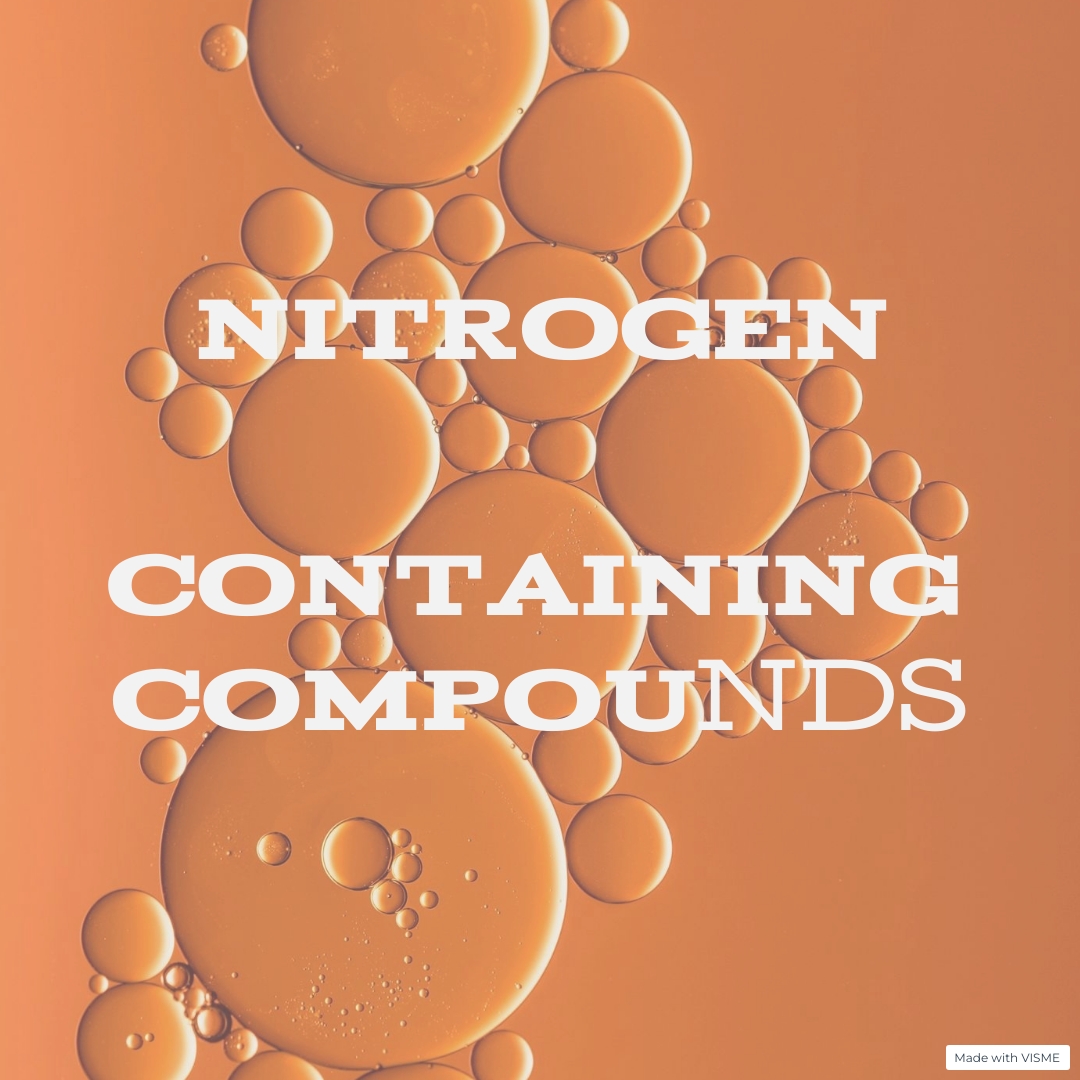The Beckmann rearrangement is a chemical reaction that converts oximes into amides, lactams, or hydroxamic acids, depending on the reaction conditions and the structure of the starting oxime. It is named after the German chemist Ernst Otto Beckmann, who first described the reaction in the early 20th century.
The general reaction scheme for the Beckmann rearrangement is as follows:
Oxime→Amide, Lactam, or Hydroxamic Acid
Where:
- Oxime represents a compound containing the functional group -C=N-OH.
- Acid typically refers to a strong mineral acid such as sulfuric acid (H2SO4), hydrochloric acid (HCl), or phosphoric acid (H3PO4).
The mechanism of the Beckmann rearrangement involves several steps:
- Protonation: The oxime is protonated by the acid catalyst to form a protonated oxime intermediate. This protonation facilitates the departure of the hydroxyl group (OH^-) as a water molecule.
R-C(NOH)R’+H+=R-C(NOH2+)R’
- Rearrangement: The protonated oxime undergoes a rearrangement reaction, wherein a nitrogen atom attacks the adjacent carbon atom bonded to the hydroxyl group, forming a cyclic intermediate known as an isocyanate.
R-C(NOH2+)R’→R-C(NO)−R’
- Rearrangement to Amide, Lactam, or Hydroxamic Acid: The isocyanate intermediate can further react with water or an alcohol present in the reaction mixture to form the corresponding amide, lactam, or hydroxamic acid product.
R-C(NO)−R’+H2O→R-C(NH2)−R’+CO2
R-C(NO)−R’+ROH→R-C(NHOR′)−R’
R-C(NO)−R’+H2O→R-C(O)NHOH−R’
The Beckmann rearrangement is widely used in organic synthesis for the preparation of amides, lactams, and hydroxamic acids, which are important intermediates in the synthesis of various organic compounds, including pharmaceuticals, agrochemicals, and specialty chemicals. Additionally, the Beckmann rearrangement is used in the synthesis of nylon-6, a widely used synthetic polymer.

The Beckmann rearrangement finds numerous applications in organic synthesis due to its ability to convert oximes into amides, lactams, or hydroxamic acids, depending on the reaction conditions and the structure of the starting oxime. Some of the key applications include:
- Amide Synthesis: The Beckmann rearrangement is widely used for the synthesis of amides from oximes. Amides are important functional groups found in many natural products, pharmaceuticals, and synthetic intermediates. The Beckmann rearrangement provides a straightforward method for the conversion of carbonyl compounds into amides, allowing for the preparation of diverse amide-containing molecules.
- Lactam Synthesis: Lactams are cyclic amides and serve as key structural motifs in various biologically active compounds, including antibiotics, anticonvulsants, and anticancer agents. The Beckmann rearrangement can be utilized for the synthesis of lactams from oximes, providing access to a wide range of lactam derivatives with potential pharmaceutical applications.
- Hydroxamic Acid Synthesis: Hydroxamic acids are versatile compounds with diverse biological activities, including metal chelation, enzyme inhibition, and antimicrobial properties. The Beckmann rearrangement is employed for the synthesis of hydroxamic acids from oximes, enabling the preparation of hydroxamic acid derivatives for use in medicinal chemistry and chemical biology research.
- Polymer Chemistry: The Beckmann rearrangement plays a crucial role in the synthesis of polymeric materials, particularly polyamides and polyurethanes. For example, in the synthesis of nylon-6, the Beckmann rearrangement is used to convert cyclohexanone oxime into caprolactam, which is subsequently polymerized to form nylon-6. Similarly, the Beckmann rearrangement is employed in the synthesis of polyurethanes by converting ketoximes into isocyanates, which react with polyols to form polyurethane polymers.
- Natural Product Synthesis: The Beckmann rearrangement is utilized in the synthesis of various natural products and their analogs. Many natural products contain amide, lactam, or hydroxamic acid functionalities, and the Beckmann rearrangement provides a versatile method for the introduction of these functional groups into complex molecular scaffolds.
Overall, the Beckmann rearrangement offers a versatile and widely applicable synthetic method for the preparation of amides, lactams, and hydroxamic acids, enabling diverse applications in organic synthesis, medicinal chemistry, polymer chemistry, and natural product synthesis. Its broad utility makes it a valuable tool in the repertoire of synthetic chemists.








